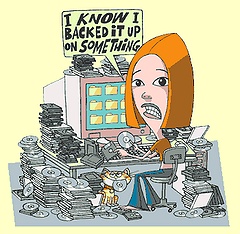- How can people even think of launching a service without revealing the price upfront?
- How can they expect users to go through the hassle of signing up, installing software, only to find the price info after all this?
- Why do people still fall for this?
I’m discussing the above and more using Zumodrive’s launch as case study over @ CloudAve – read the details here.


 We can argue all we want about the benefits of SaaS, discuss hypothetical use cases at length, but the best showcases are served up by real life, often unexpectedly.
We can argue all we want about the benefits of SaaS, discuss hypothetical use cases at length, but the best showcases are served up by real life, often unexpectedly. 

Recent Comments